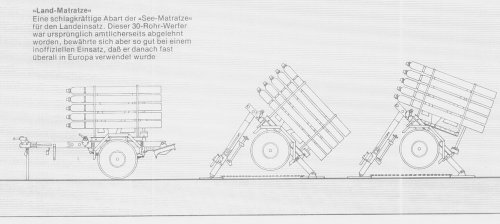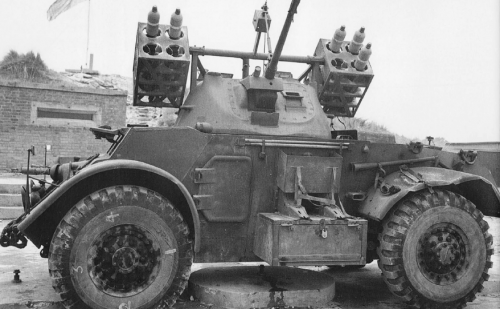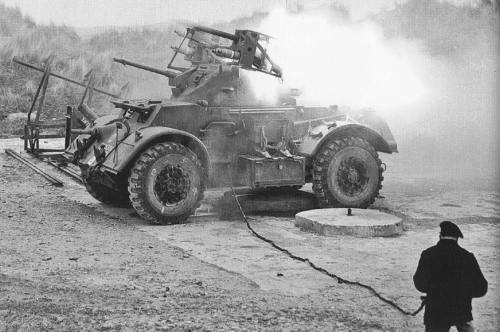Abraham Gubler said:
This is a bizarre account.
The AGRA (Army Group Royal Artillery) was a brigade sized formation that was established mid-way in WWII to replace the HQ of the Commander, Corps Medium and Heavy Artillery (CCMHA) who became the Commander, AGRA (CAGRA). The realisation being that the various corps level general support artillery regiments needed an administration headquarters in addition to their operational one and the capacity to rotate between operations like other formations and be combined in effort under direction of the MGRA (Major General ,Royal Artillery: the Army level artillery commander). It had nothing to do with the combined artillery of an army group beyond the similarity in nomenclature.
It was also impossible for all of the artillery of an army group (six corps artilleries, 18 division artilleries) to be combined onto one target due to geographic separation. I don’t know of a single case in WWII where upwards of 20 divisions were concentrated within 10-20km of each other. Also when a Fire Mission was either planned or called for an AGRA it came through the fire direction centre of a corps so was called a “Fire Mission Corps”. No such thing as a “Fire Mission AGRA”. Fire Mission Corps remains the highest level of fire mission that I know of after Fire Missions Battery, Regiment and Division. Fire Mission Corps could however concentrate as much as 300-400 guns on a single frontage so was pretty fearsome.
Certainly bizarre, but some minor corrections, in WW1 he was CCHA, after that war he became CCMA. He was never CCMHA.
The CCMA commanded the corps' medium arty (only two regts 'organic'), and had a 'brigade staff', extra regts could be assigned. Generally these organic regts were probably most used by the CBO (part of the CCMA's staff), and neither the CCMA nor CCRA had the capability to order concentraions against opportunity targets (not least because the all important efficient communication procedures hadn't been invented), although they could obviously issue orders for deliberate fire plans, as had been done on a vast scale in WW1.
AGRAs were created about the same time that the 'Commander's Representative' system was introduced. This never needed or had an FDC, furthermore the modern terminology of 'Fire Mission * * *' wasn't used by UK in WW2. The order for a corps opportunity concentration was 'Victor Target, Victor Target, Victor Target'. An AGRA target was 'Yoke Target, Yoke Target, Yoke Target', but Yoke wasn't in the original Comds Rep procedures. Officially Army concentrations never existed, not least because there was no 'ACRA', he was a BRA ie a staff officer not a commander. In essence the CCRA, CRA, CAGRA appointed 'representatives' (including AOP pilots) who had the authority to order fire, not request it as in the US FDC system.
The difference between 'order' and 'request' is the key and not always properly understood, requests involved a lot more radio traffic and hence took a lot longer (never mind pontification by the FDC, although in UK arty HQs the BMRA worked fast). Orders were brief and slick, hence usable by AOPs.
http://nigelef.tripod.com/p_massfire.htm is helpful







